Apple's upcoming iPhone 18 lineup is shaping up to be one of the most transformative releases in recent memory. Early reports say this will not be a typical incremental upgrade, and we are looking at fundamental changes that could redefine what an iPhone is.
The buzz around Apple's 2026 flagship has already reached fever pitch, with industry insiders describing it as a major overhaul that goes far beyond routine spec bumps. The twist is Apple's reported two-phase rollout strategy, with Pro models launching in September 2026 and standard models following in spring 2027. That break from tradition suggests real confidence in the feature set. Big enough to deserve its own timeline?
A completely reimagined design philosophy
The most eye-catching rumor points to Apple's boldest design choice yet: transparent rear panels. Leaker Digital Chat Station says the iPhone 18 Pro series could feature see-through back panels, letting users glimpse internal components and modules. The look appears inspired by Nothing's transparent aesthetic, a sharp turn from Apple's opaque designs. It could also showcase the steel-cased battery expected in the Pro Max, turning engineering into eye candy.
Here's the thing: this is not just about looks. Apple has long obsessed over internal design, then hidden it behind aluminum and glass. A transparent back would flip that script, making the phone's intricate construction part of its identity. It reads as confidence in miniaturization and thermal management, components as design instead of clutter to conceal.
Color is getting a rethink, too. The iPhone 18 Pro series may arrive in sophisticated shades like coffee and burgundy, a pivot from the blues and oranges of iPhone 17 Pro. The camera island design will likely remain unchanged until a rumored 20th anniversary model in 2027, a slow-and-steady evolution.
Revolutionary display technology takes center stage
Apple is finally closing in on a true all-screen iPhone. Multiple sources point to the iPhone 18 Pro models achieving under-display Face ID technology, potentially removing the Dynamic Island entirely. The hurdle sits with HIAA (Hole in Active Area) technology, a display manufacturing technique that places cameras within OLED panels.
Apple is exploring under-display solutions for the entire Face ID system, putting the infrared hardware beneath the pixels while a minimal hole punch handles photos and video calls. The shift from Dynamic Island to a hole punch means solving real physics, keeping Face ID's precise infrared mapping accurate while sensors sit under active pixels.
If the Dynamic Island disappears, the feel of the phone changes. More screen, fewer distractions. Some reports, though, say a smaller version could stick around, with Bloomberg's Mark Gurman pointing to a slimmed-down island. The middle ground, Apple may be refining the Dynamic Island before going fully all-screen later.
Next-generation performance meets efficiency
The heart of the iPhone 18 story is Apple's A20 chip. Built on TSMC's advanced 2nm process, it promises a step change over current silicon. Early estimates suggest the 2nm architecture could deliver 15% faster performance while using 30% less power compared to the A19.
Let me break it down. Faster where you feel it, with apps snapping open and heavier tasks staying smooth. Less power draw, so your battery lasts longer into the evening. The 2nm jump is cutting-edge, and few can build it at scale.
Packaging matters too. The A20 will reportedly use TSMC's Chip on Wafer on Substrate (CoWoS) packaging, tightening the connection between processor, unified memory, and Neural Engine. That setup could boost AI-related performance, feeding Apple's push for on-device Apple Intelligence that keeps processing locally.
On the modem side, rumors suggest Apple's next-gen C2 should help the company reduce reliance on Qualcomm. Expect faster speeds, better efficiency, and mmWave 5G support in the United States, areas where the current C1 and C1X have lagged.
Camera innovations that could change mobile photography
The iPhone 18 Pro camera upgrade looks substantial, with variable aperture leading the way. For the first time on an iPhone, the main 48-megapixel Fusion camera will offer variable aperture control, letting users physically adjust the lens opening like a DSLR if leaked plans are accurate. That brings more control over depth of field and smarter tuning for different lighting.
Why care? Fixed apertures lock you in. Variable aperture lets you stop down for sharper shots in bright light with deeper focus, or open wide for low-light shots with creamy background blur. More creative control, same pocketable phone.
Behind the scenes, Apple is reportedly working with Samsung on a three-layer stacked image sensor tailored for this lineup. The PD-TR-Logic design integrates three circuitry layers, promising snappier capture, lower noise, and better dynamic range. That would be a notable shift, as Sony has long supplied Apple's image sensors.
Selfie quality is in line for a bump too, with most iPhone 18 models moving to 24-megapixel front cameras. The budget iPhone 18e appears to be the exception.
Connectivity advances and satellite ambitions
Apple's connectivity roadmap stretches beyond faster towers. The Information reports Apple plans to add support for 5G networks that operate via satellites as early as 2026. That could enable full internet connectivity through satellite, not just the emergency features we have today.
That jump would feel different in the real world. Current satellite tools handle SOS messages. Full internet would mean you stay online in places towers cannot touch, from remote trails to far-off beaches, with streaming, video calls, and social feeds still within reach.
If Apple hits the 2026 window, the first devices with 5G satellite internet would likely be the iPhone 18 Pro models and the long-rumored foldable iPhone. Apple partners with Globalstar today, but there is no existing service offering full 5G satellite internet directly to phones, which hints at a fresh infrastructure play.
These connectivity moves tie back to the in-house modem push, with the C2 central to Apple's plan to cut ties with Qualcomm and control power and features end-to-end.
What this means for Apple's future
The iPhone 18 lineup reads as a statement about the next decade of mobile tech. Transparent design cues, under-display Face ID, variable aperture cameras, satellite connectivity, it all adds up to a company willing to take real risks. With Pro models launching in September 2026 and standard models in spring 2027, Apple seems convinced the ambition justifies a longer runway and the costs that come with 2nm manufacturing.
The reported arrival of a foldable iPhone alongside the 18 Pro models complicates the strategy in a good way, giving Apple multiple swings at the premium market while quieting the long-running complaints about stagnation.
Bottom line, 2026 could be a watershed year for the iPhone. The rumor stack suggests Apple is moving from iteration to reinvention. If even half of this lands, the iPhone 18 lineup might be worth the wait.




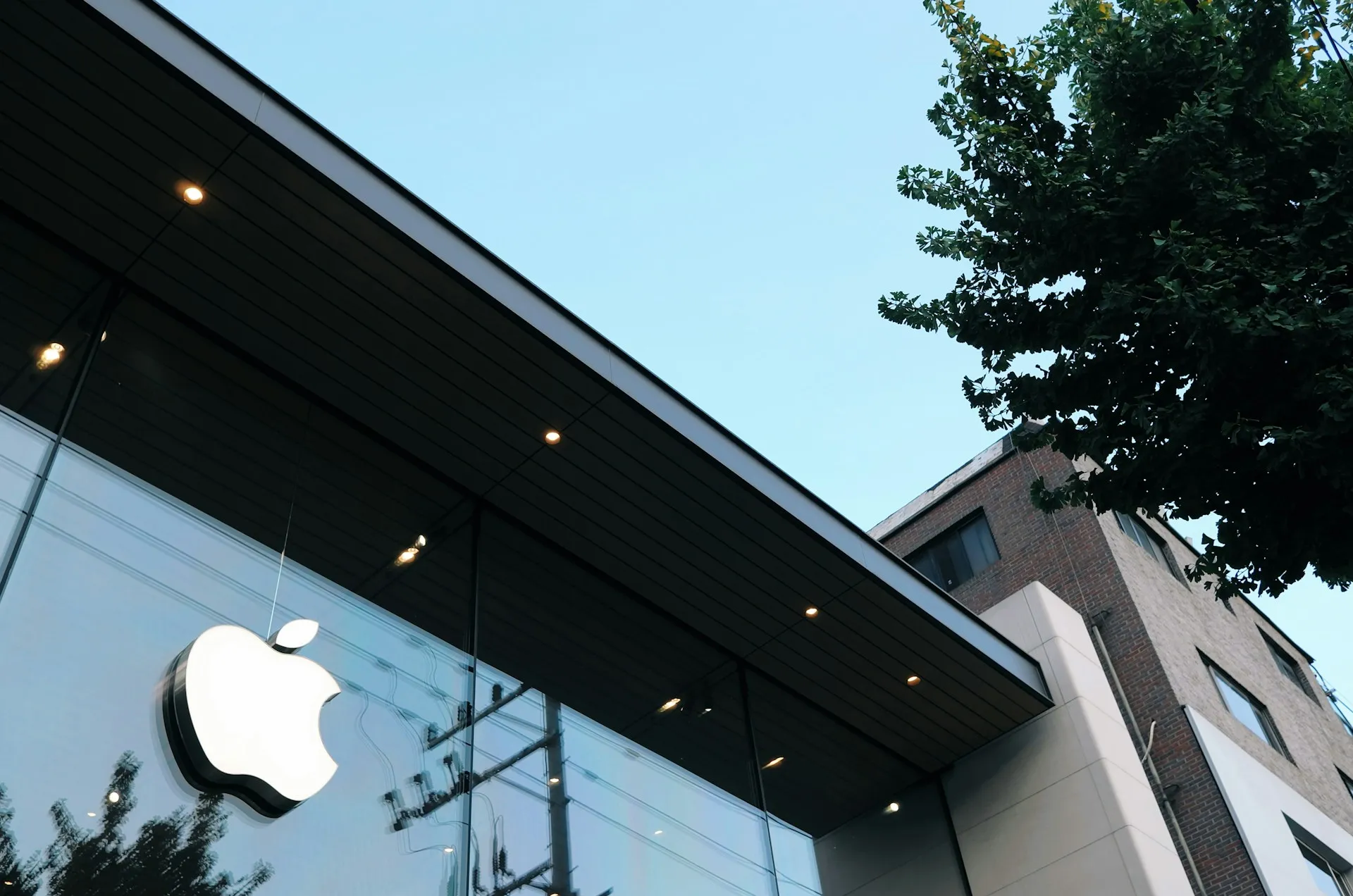

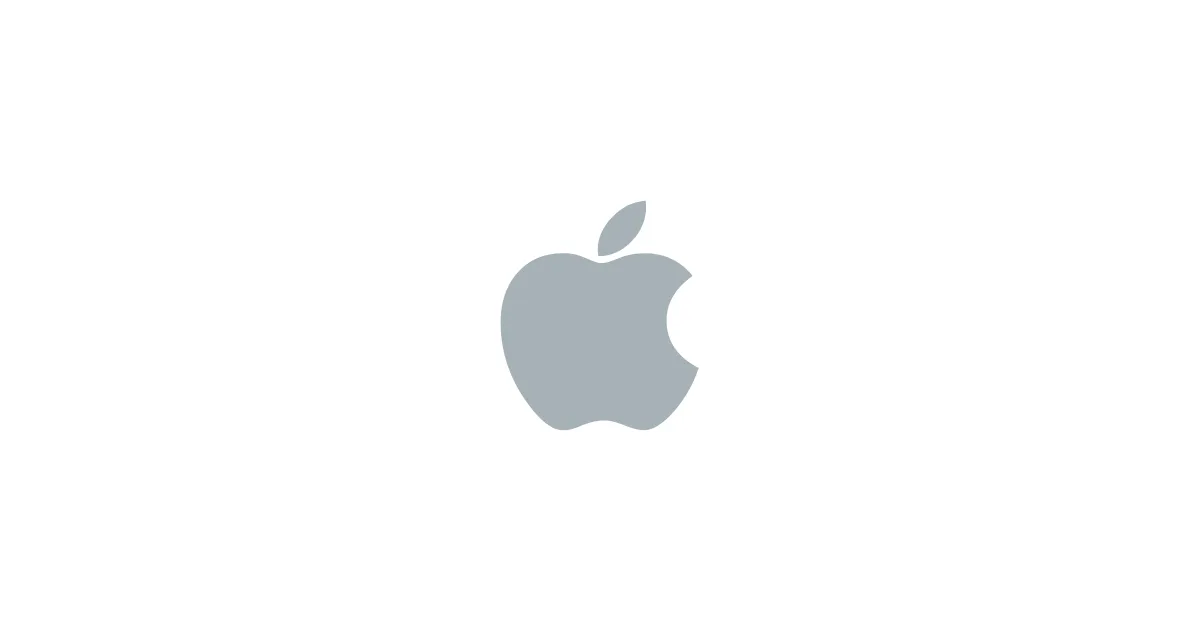
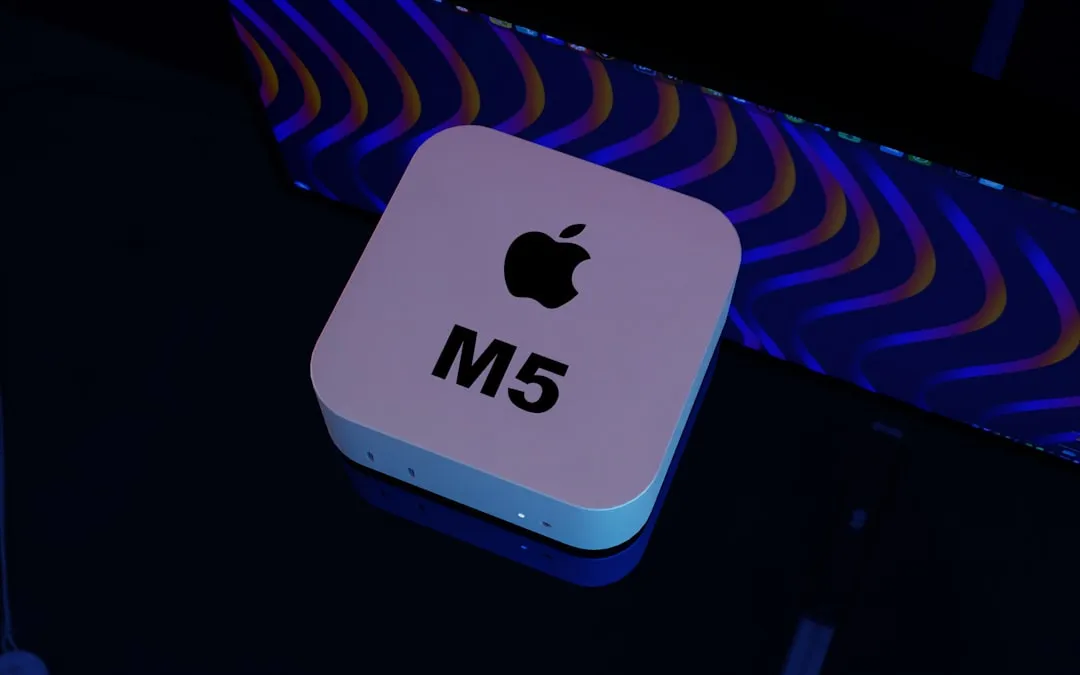
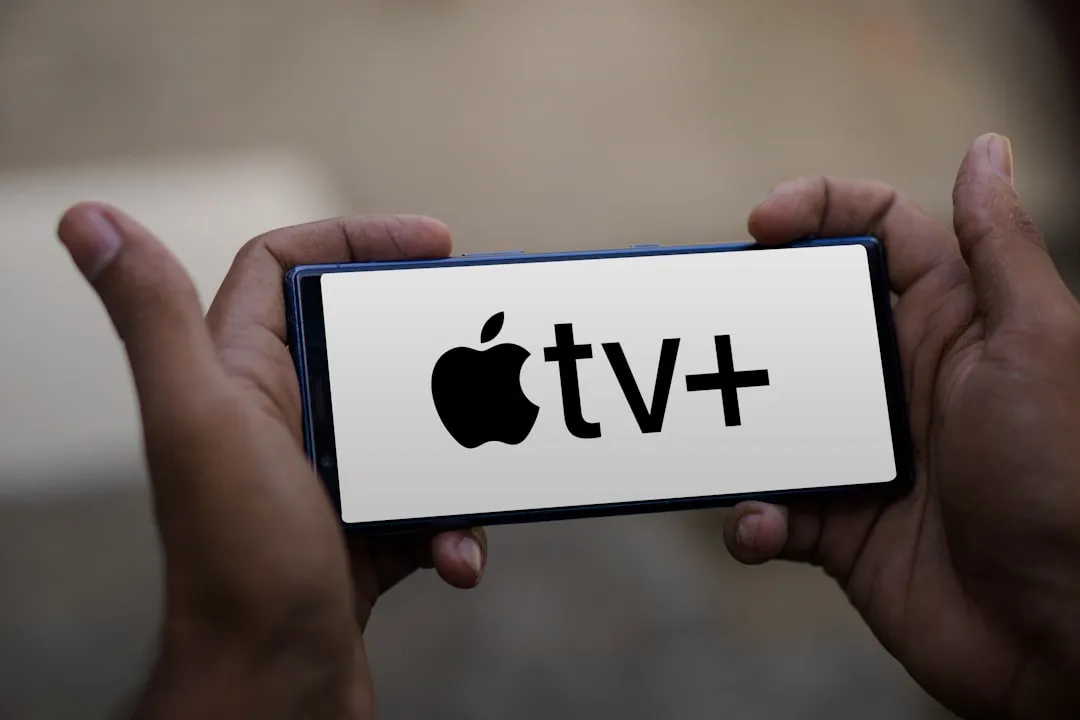
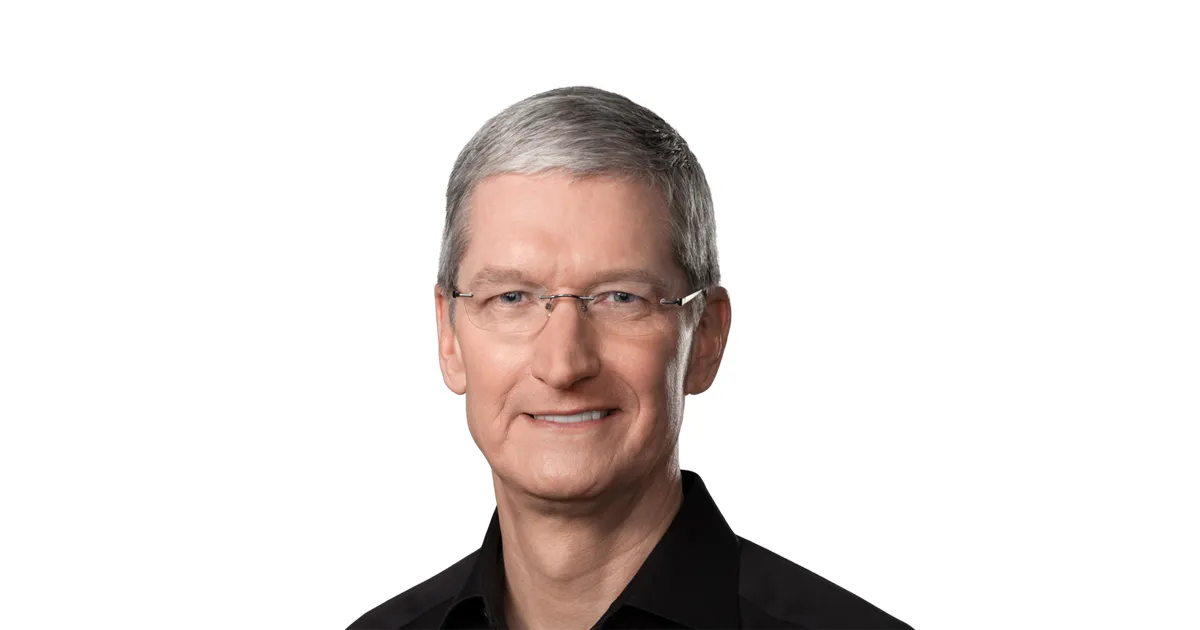
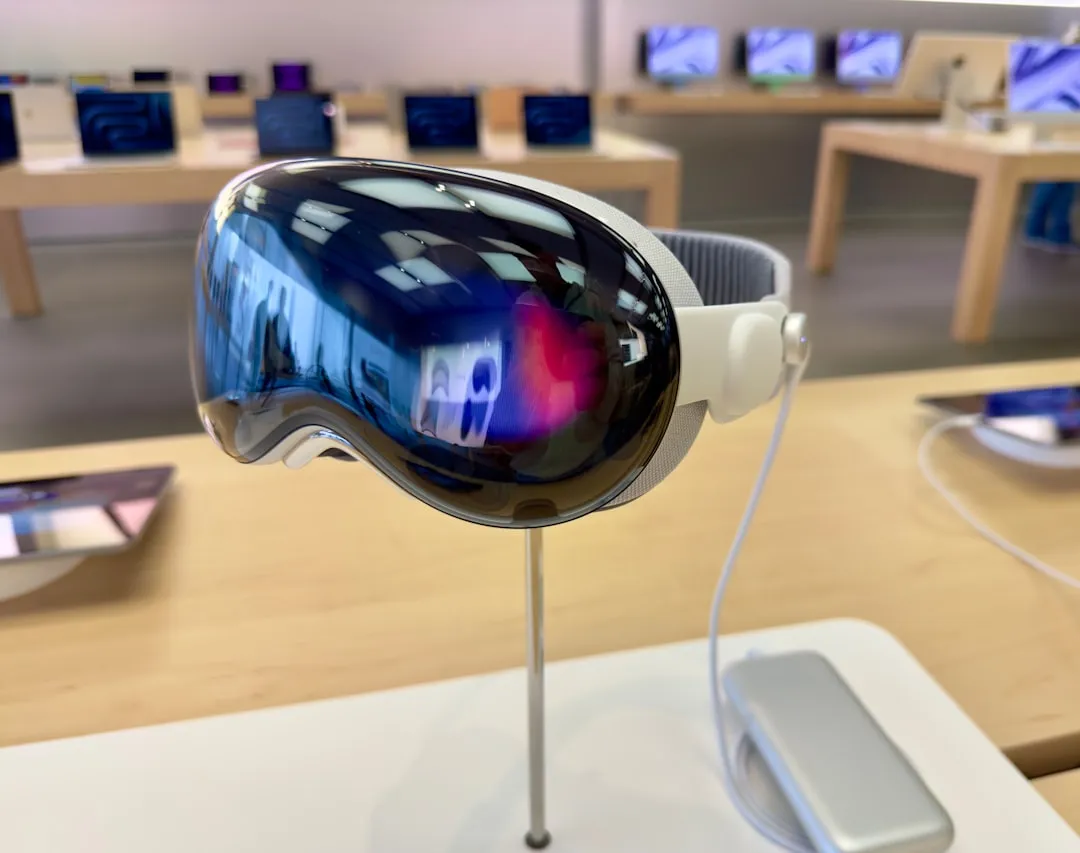
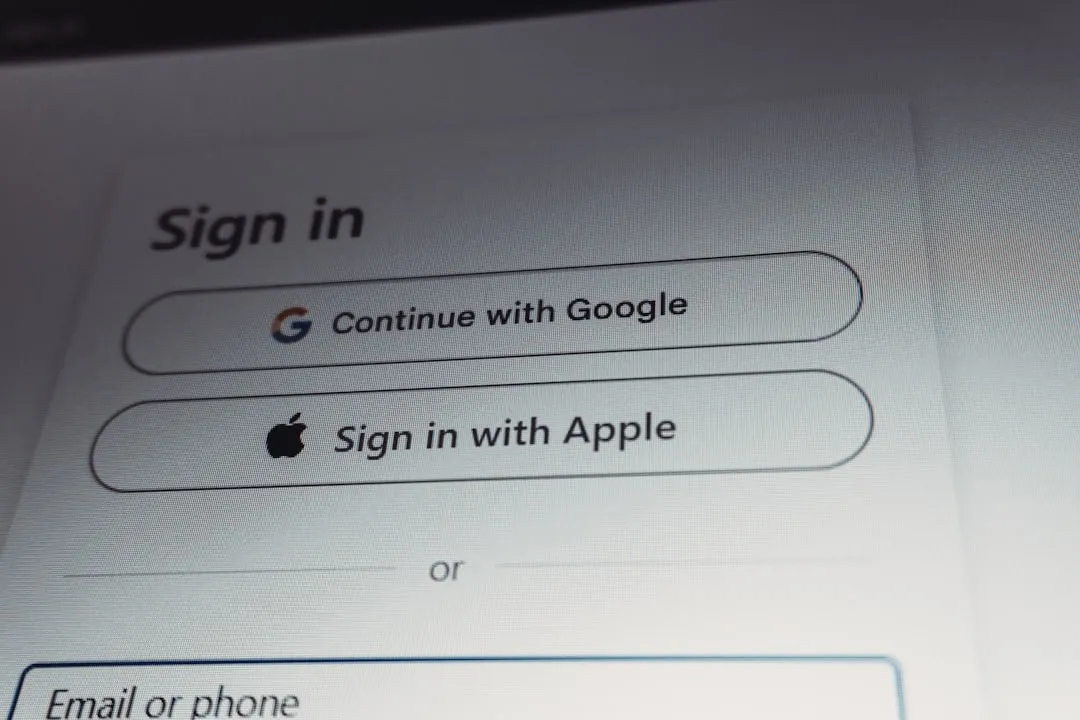
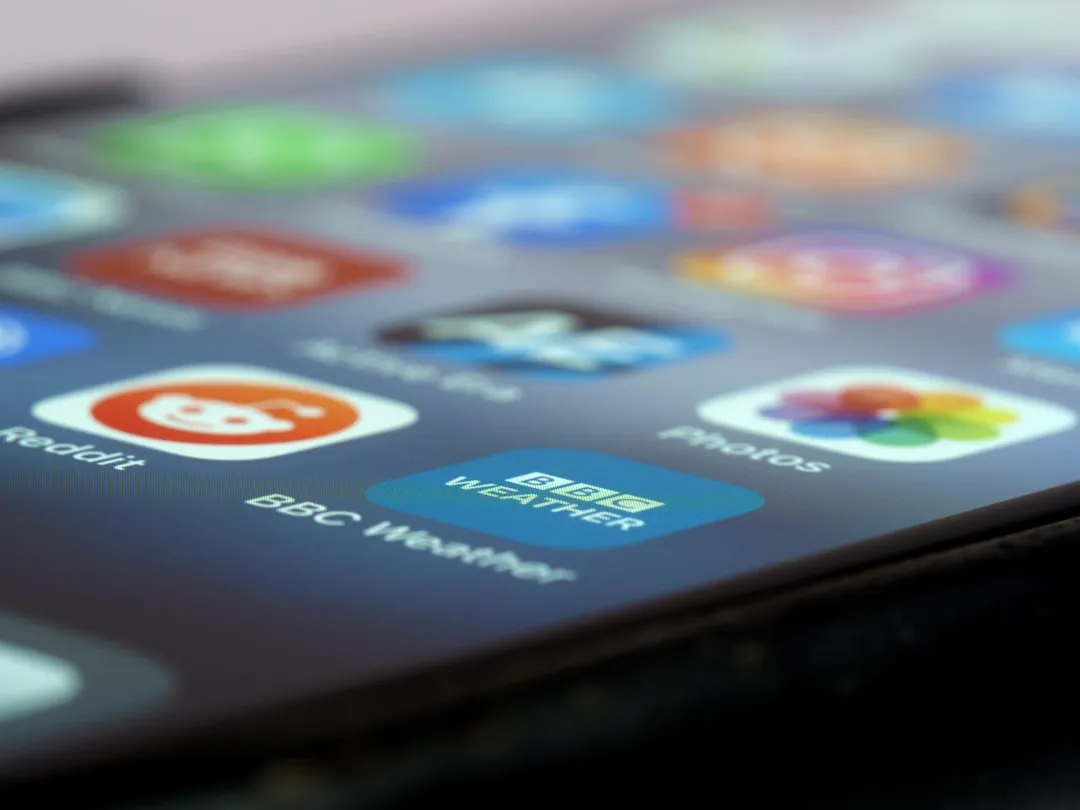
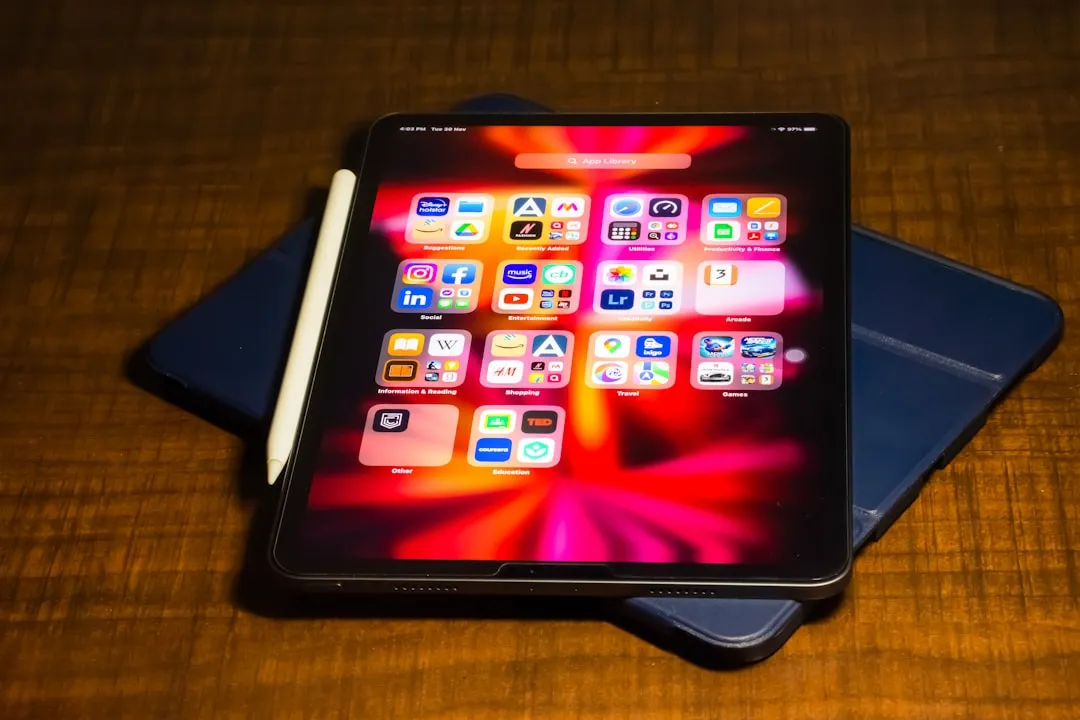
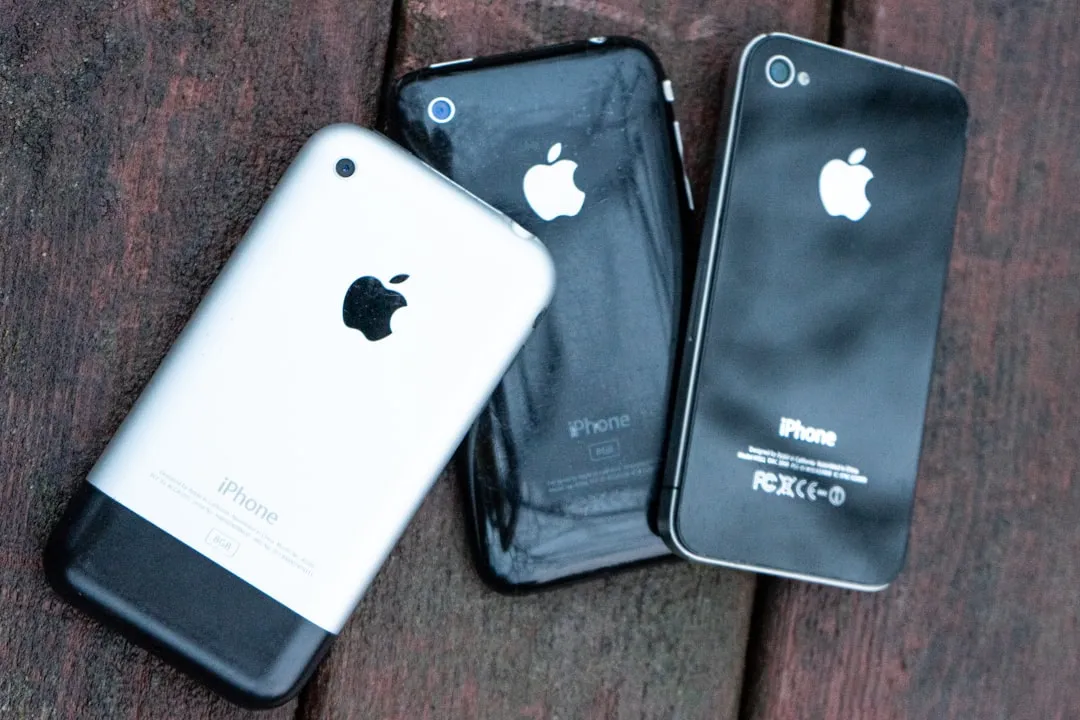
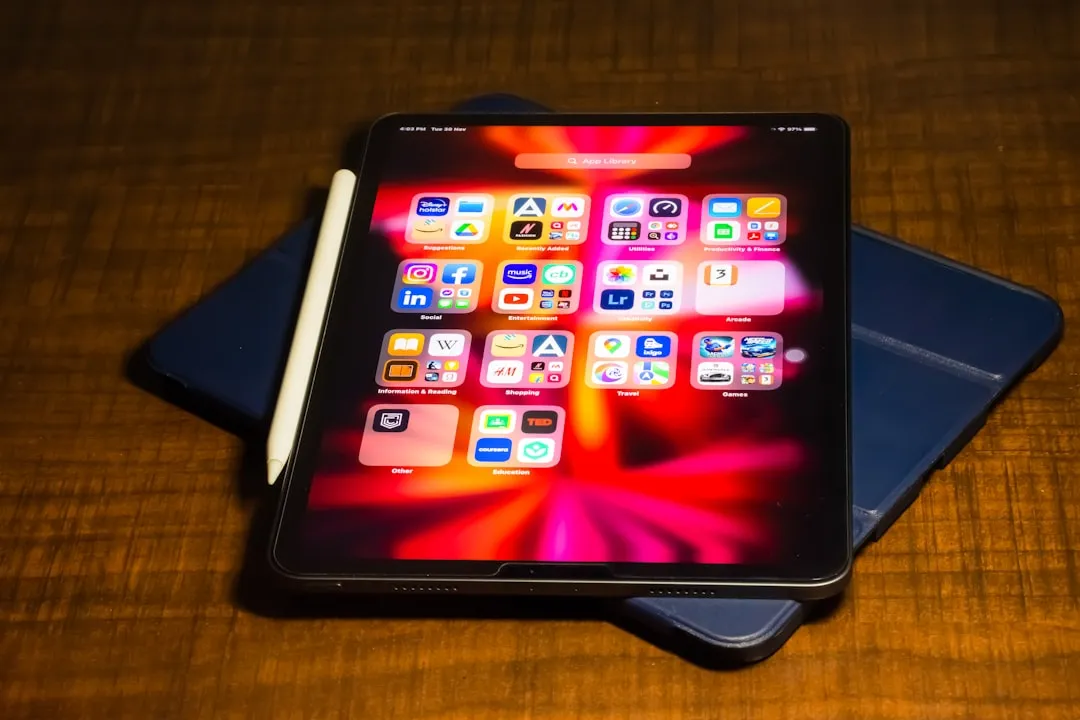

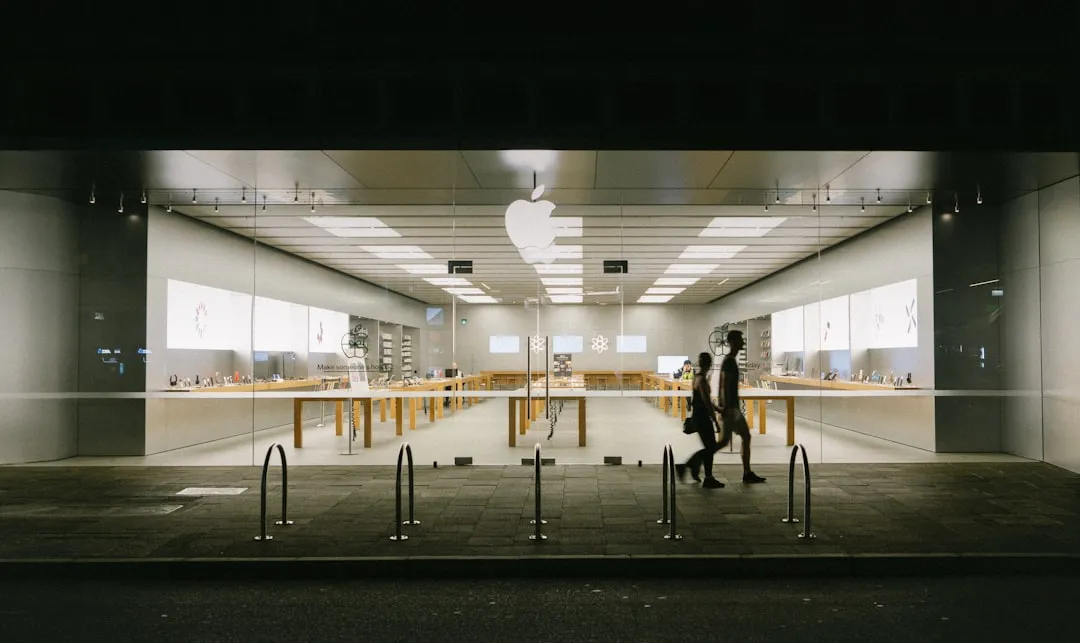
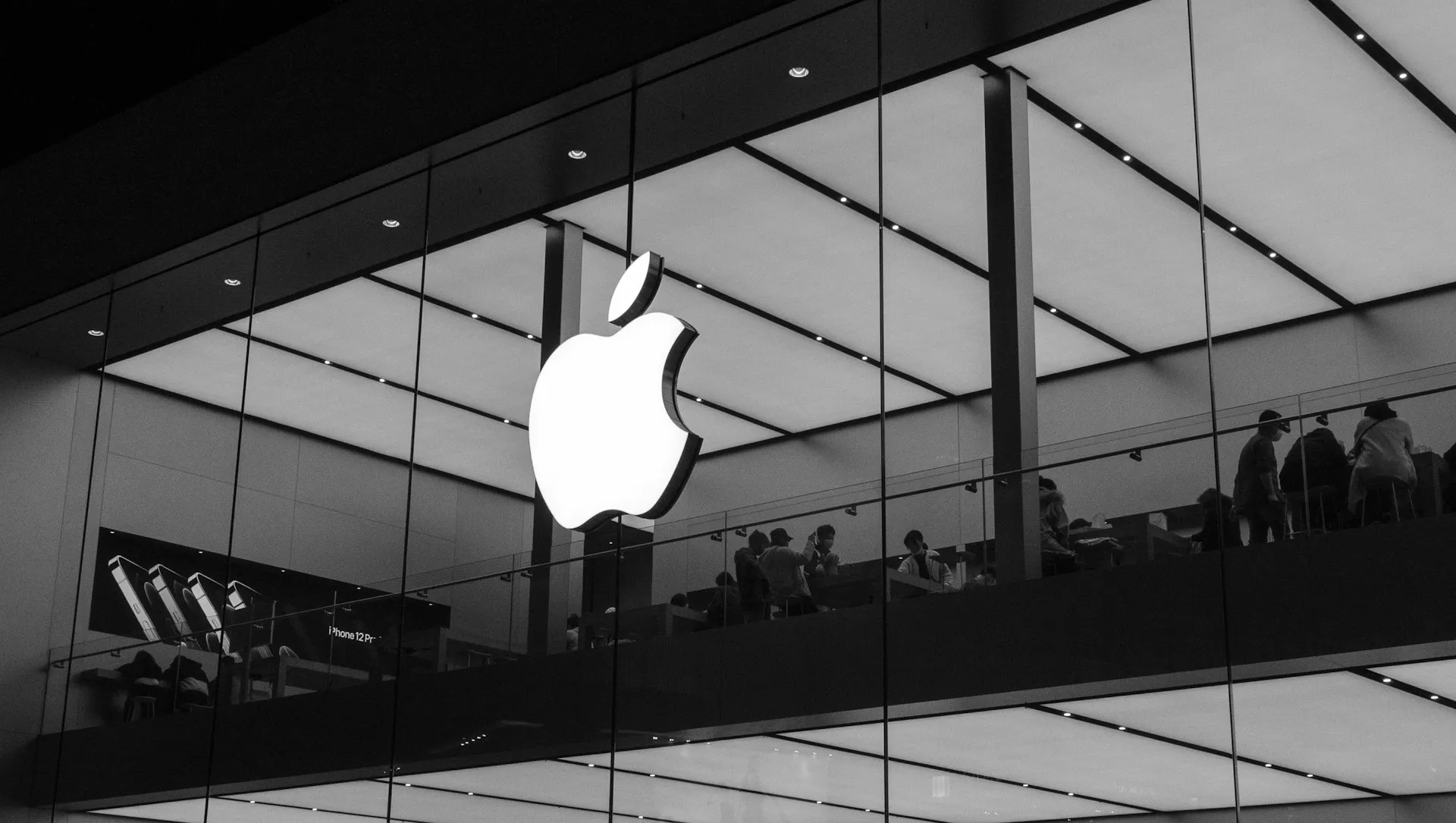
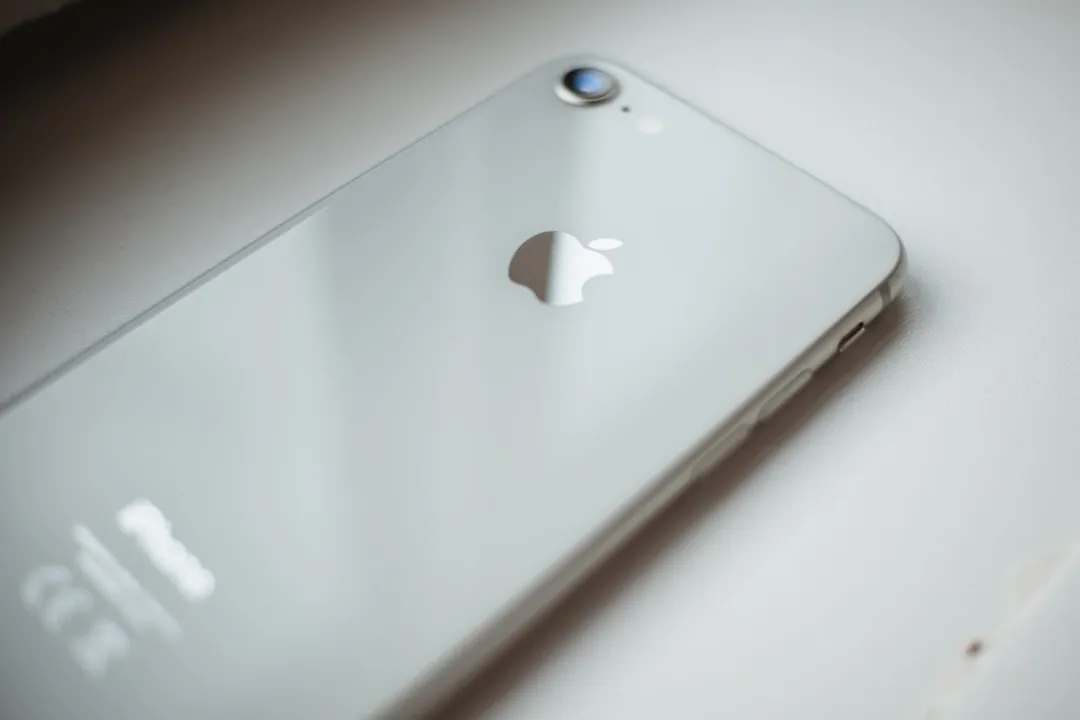

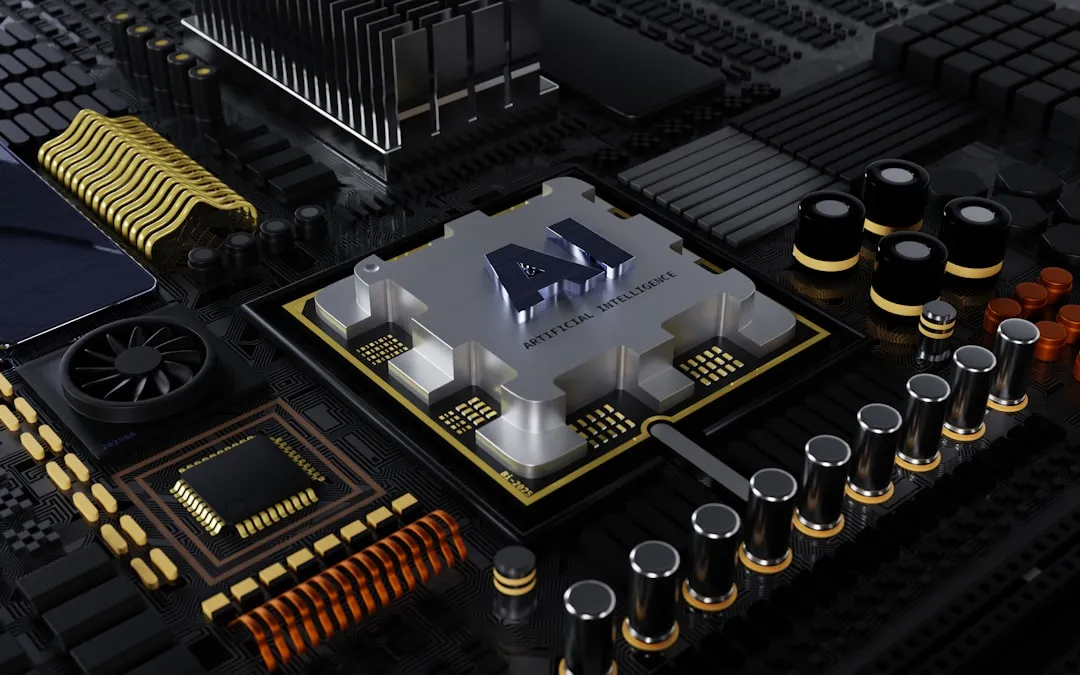
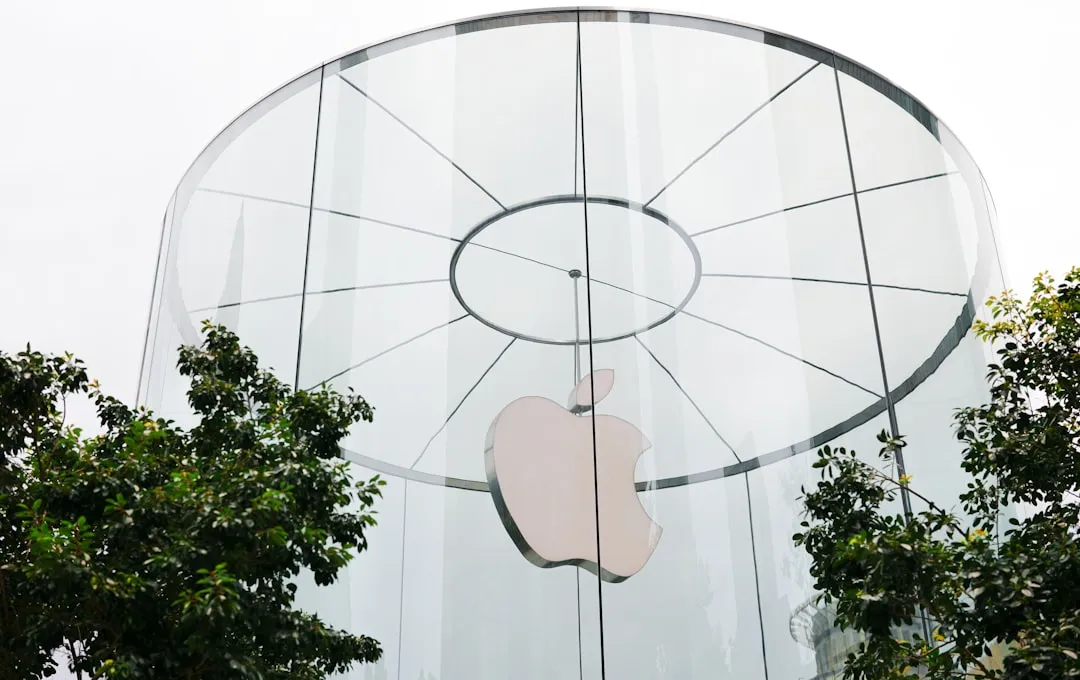

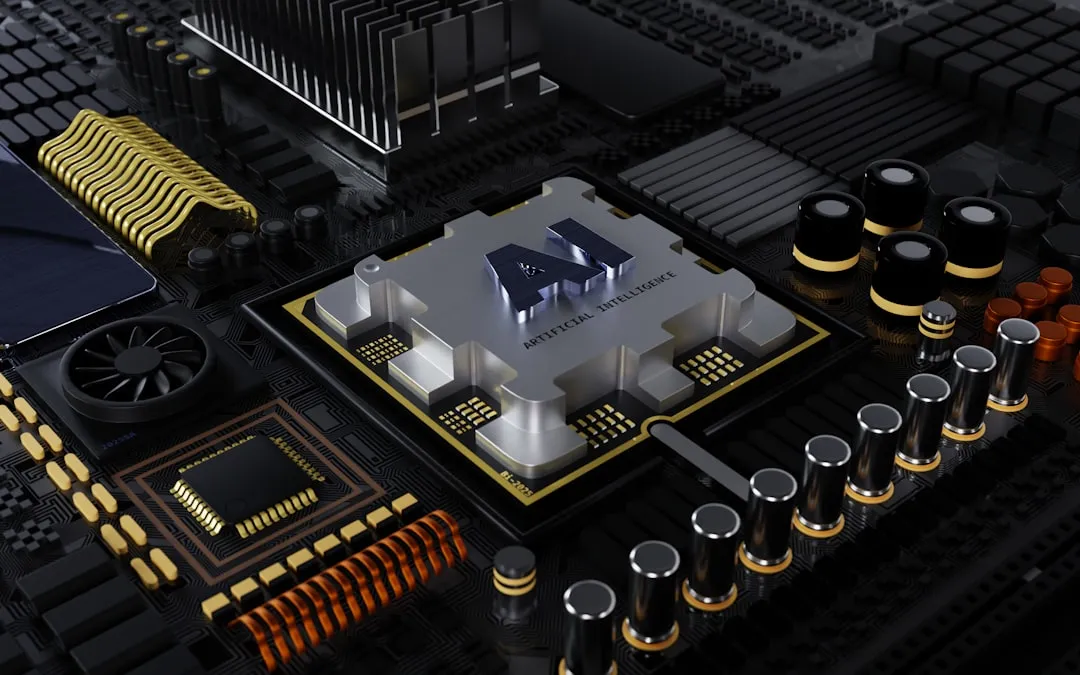
Comments
Be the first, drop a comment!